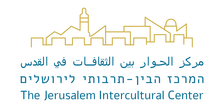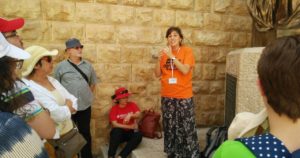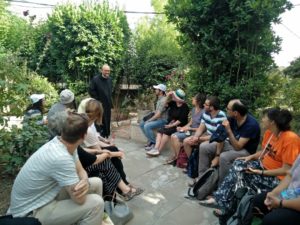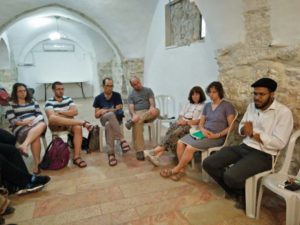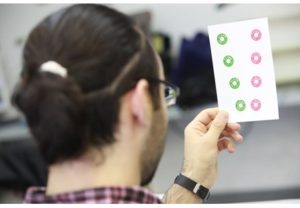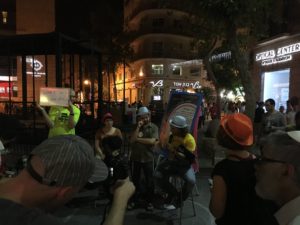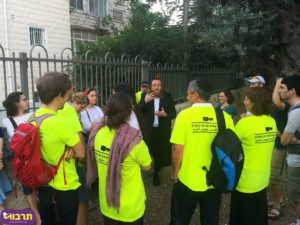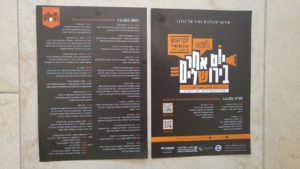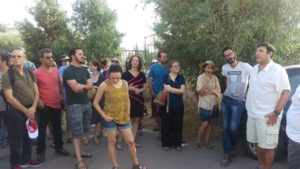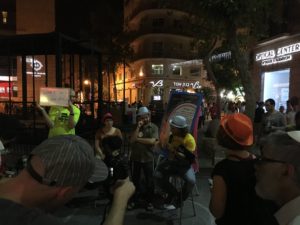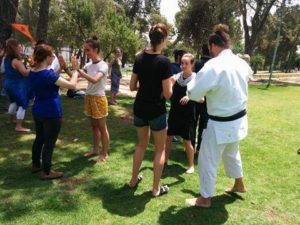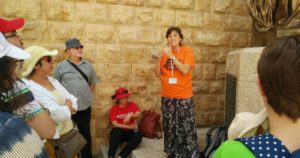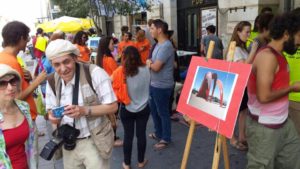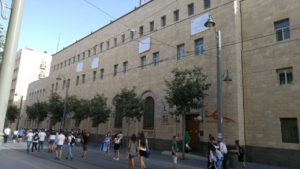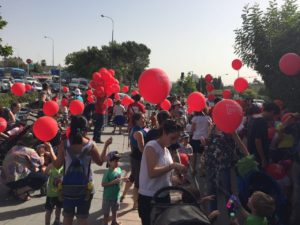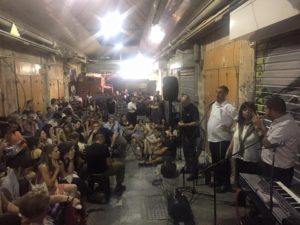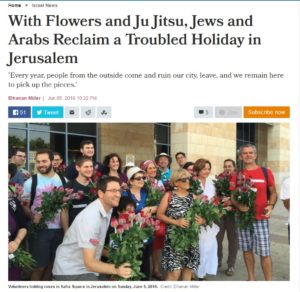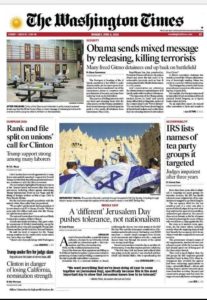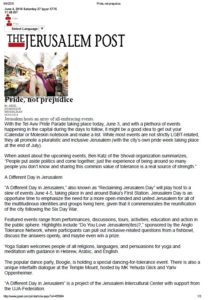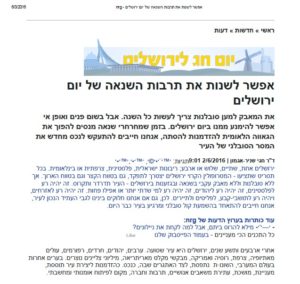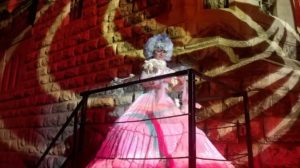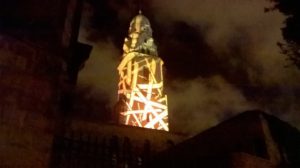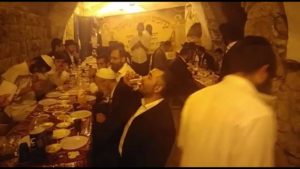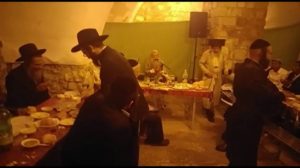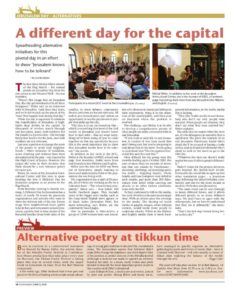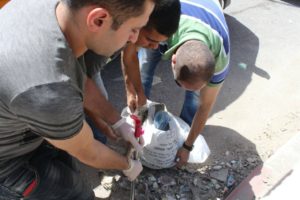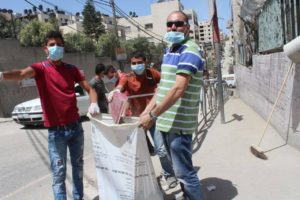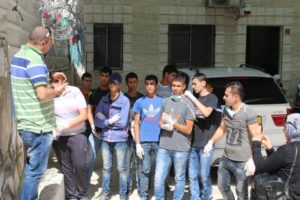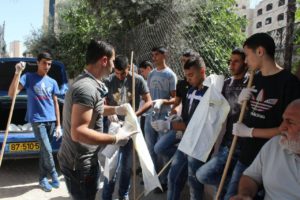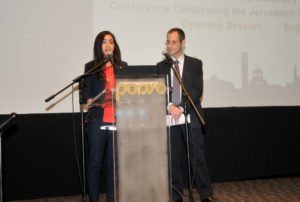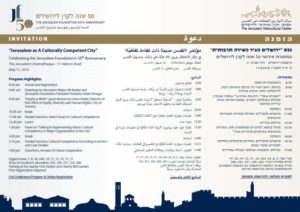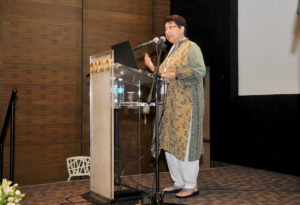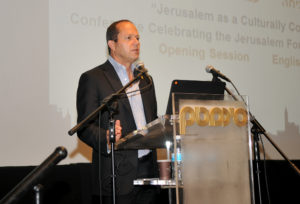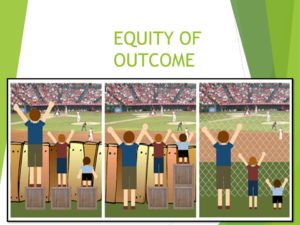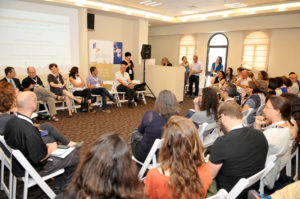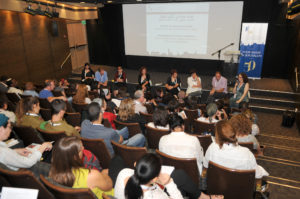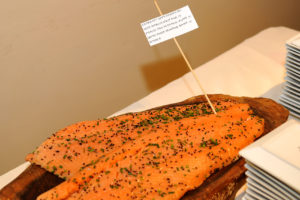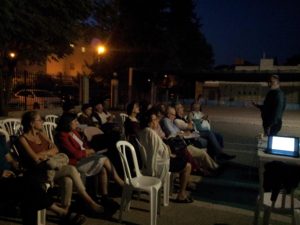Special Jerusalem Day Tour of Mount Zion, by Window on Mount Zion
What is a more typical way to commemorate Jerusalem Day than a day on Mount Zion?
The Window to Mount Zion project was fortunate to be a part of A Different Day in Jerusalem, an alternative way to celebrate and re-claim Jerusalem Day. The activity featured a tour of Mount Zion and its major sites, with an emphasis on the status quo agreements and tolerance. The tour surveyed historic events that have fashioned the approaches of various residents of and visitors to Mount Zion. During the tour the participants heard about the delicate relations and coexistence that have been forged among the different residents. Participants met with two – Deputy Director of the Diaspora Yeshiva, Eli Dan, and a monk from the Dormition community, Father Daniel. Each presented Mount Zion from his viewpoint, and told of the challenges and opportunities in inter-religious relations.
“The tour was fascinating as far as I was concerned,” said one participant. “It began with the diverse group who participated – young and old, Jerusalemites and not, who came to hear about the complexities and the successes in living together in such a volatile place. As the tour progressed, we heard little anecdotes that described the unique texture of the Mount, such as the broken nose on King David’s statue that has intentionally not been fixed. The timing of the tour, together with the many (and varied) groups that passed us throughout, strengthened the experience and the understandings that I came away with from the tour.”
